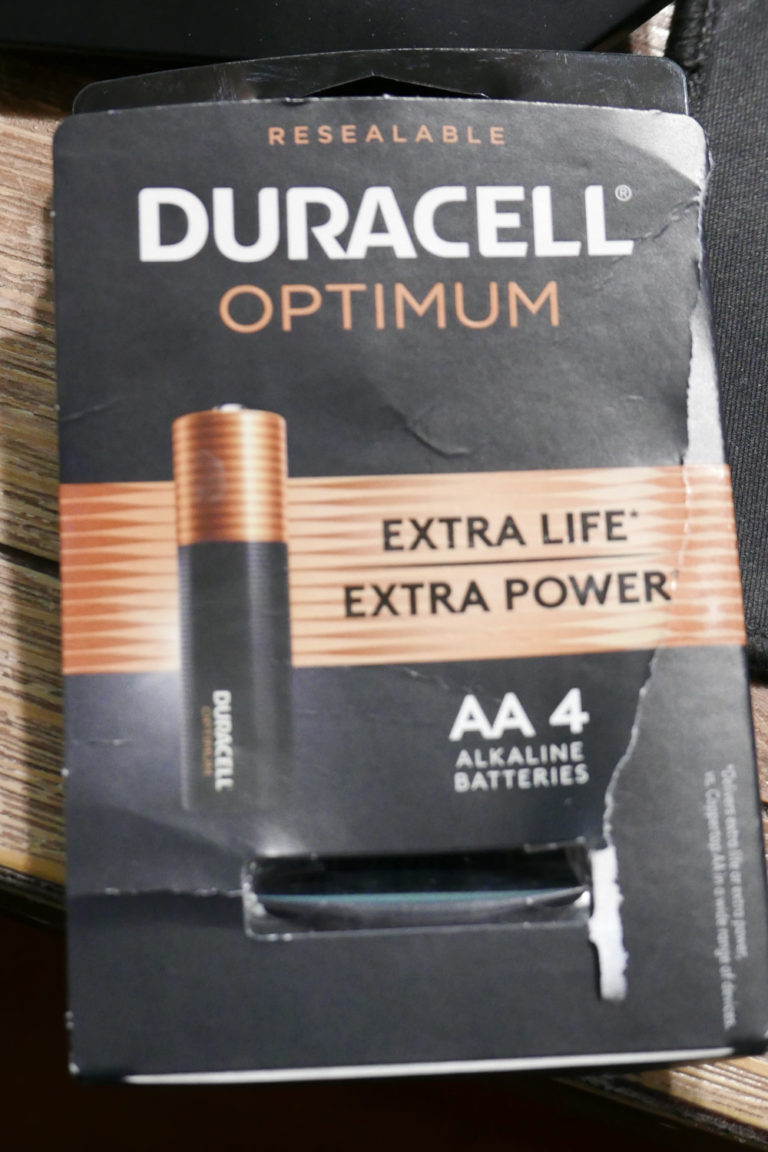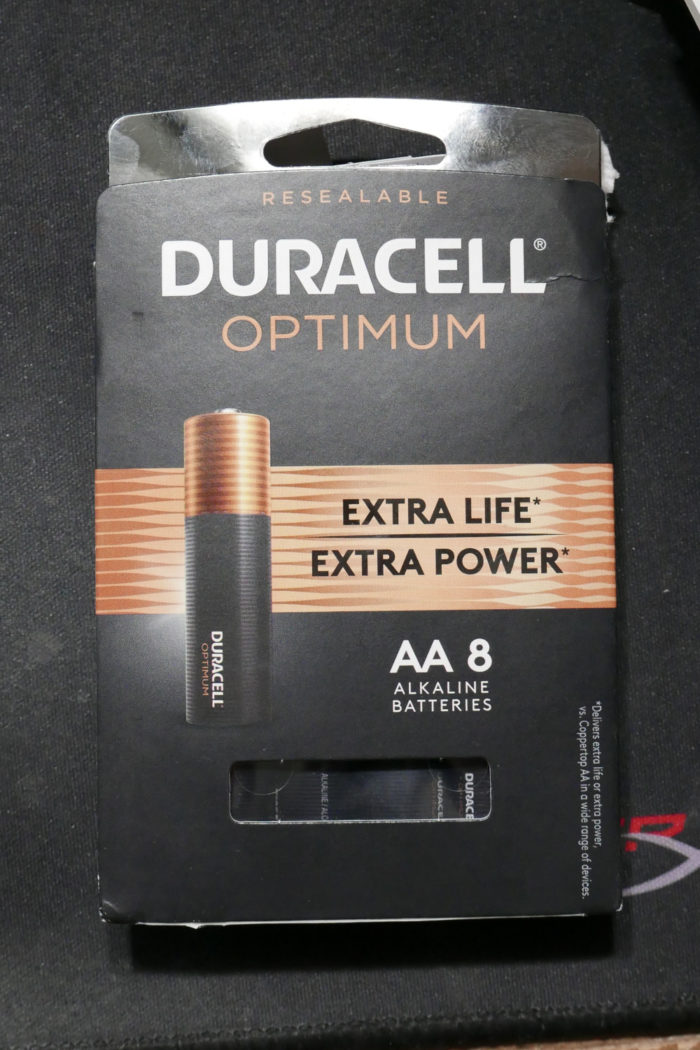- 10 gigabit (10Gb) home network – Part I
- 10 gigabit (10Gb) home network – Part II
- Again, Amazon?
- 10 gigabit (10Gb) home network – Zone 1 switch
- 10 gigabit (10Gb) home network – Zone 2 switch – Part 1
- 10 gigabit (10Gb) home network – Zone 2 switch – Part 2
- 10Gb home network – Retrospective
- Quanta LB6M
- 10 gigabit home network – Summary
- Revisiting the Quanta LB6M
- MikroTik CRS317 10GbE switch
- MikroTik CSS610
- Quieting the MikroTik CRS317
- Goodbye, MikroTik
- Troubleshooting 2.5Gb power over Ethernet
Note: MikroTik recently introduced the CSS610-8P-2S+-IN, which has Power-Over-Ethernet (POE). This review is about the CSS610-8G-2S+-IN, which does not have POE.
About two years ago, I bought and put into service a MikroTik CRS317 10GbE router/switch. At the time I also bought several SFP modules to consolidate several Gigabit connections, since the switch supports that and I was consolidating only a few.
In that review, I wrote that consolidating Gigabit connections in that fashion is really only cost-effective if you’re consolidating a few. The cost of the modules would fast overtake the cost of a Gigabit switch beyond a handful. It’s similar to having Power-Over-Ethernet (PoE) injectors versus a switch. Though I’d argue needing more than one (1) PoE injector necessitates a switch simply due to cabling.
And it was installing PoE security cameras that necessitated a more divided setup to my home network infrastructure. I have an injector, allowing me to test cameras when I acquire them. But I bought a PoE switch before buying the second camera. Review on that might be coming later, though there isn’t much to really say on it.
A Gigabit switch with one or more 10GbE uplinks is the more ideal setup for consolidating Gigabit connections into a 10GbE backbone. This avoids taking up space on a 10GbE switch. And the uplink allows those Gigabit connections to talk to the rest of the network at full bandwidth.
Which brings me to this:

The MikroTik CSS610 is an 8-port Gigabit switch with two 10GbE SFP+ cages. This allowed me to consolidate all of my Gigabit connections without needing to buy a bunch more SFP modules. And move the existing Gigabit connections I had going to the 10GbE switch, reducing that switch’s power consumption and freeing up the SFP modules for later use, or just sell off.
It’s small. 200 x 167 x 46 mm, or 7-7/8″ wide, a little over 6-1/2″ deep, and slightly over 1U tall. I have mine sitting on a rack shelf next to the PoE switch, and two of these can easily fit on a rack shelf next to each other.
It’s passively cooled as well, having no fans inside, meaning it’s silent due to its very low power consumption. Perfect if it’s going to be sitting on a desktop instead of tucked away into a rack cabinet or networking closet.
And it just works. I didn’t bother doing any setup or configuration. I just pulled it out of the box, plugged it in to a 12V power source, and connected it to my 10GbE switch. It is a managed switch, using MikroTik’s SwOS, but I’m not using any of the managed features, and don’t have a need for them – though it’d probably at least be a good idea to update it to the latest firmware. I’ve had it since November 2020, and so far it’s just worked.
MSRP is just 99 USD, though I paid 78 USD plus shipping through EuroDK. Amazon lists it for about 115 USD as of this writing, which is about overall what I paid to ship it from EuroDK.
Why two SFP+ ports? There are several uses for it. One is chaining together several of these with a 10Gb trunk without resorting to a 10GbE switch while still not limiting bandwidth between them. Alternatively you could have one or two servers with 10GbE NICs connected to this. Or some combination thereto. It all depends on how you design your network layout to minimize contention.
Now what if you have more than 8 Gigabit connections? A couple options are available.
Unless you have more than 16 Gigabit connections, I’d say to just buy two CSS610 switches and connect both into your 10GbE switch. Which is what I’ll do if I need more Gigabit ports.
If you need to consolidate more than that, look at the MikroTik CSS326. (Amazon, EuroDK) The complication there is you may need to bond the 10GbE ports to combine their bandwidth if you expect traffic to that switch to ever exceed 10Gb.
Otherwise if you’re in the market for a switch that consolidates Gigabit connections to a 10GbE switch, I don’t think there is a better choice out there when it comes to price, even if you don’t use any of the management features. So check it out and see if it’ll fit your needs.



















You must be logged in to post a comment.